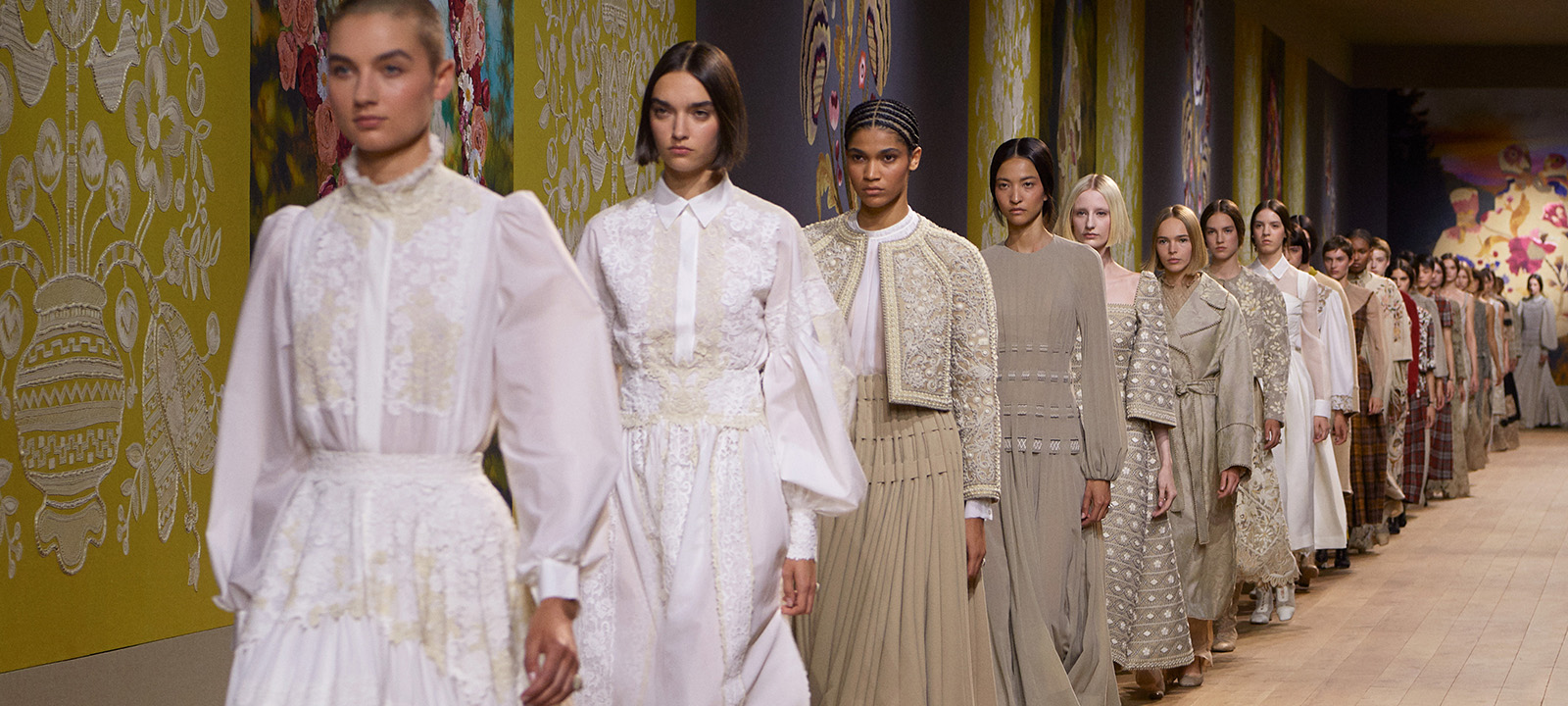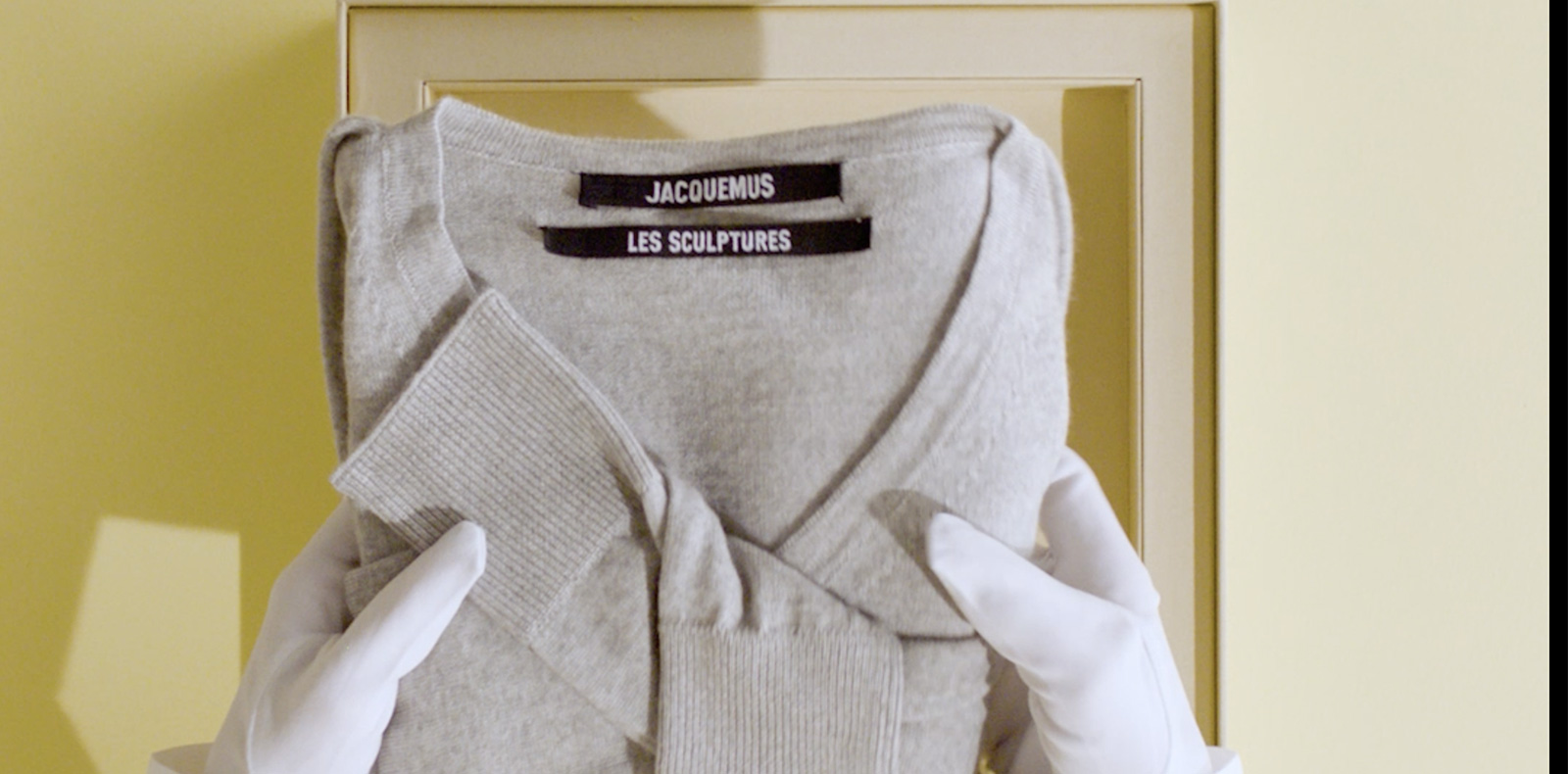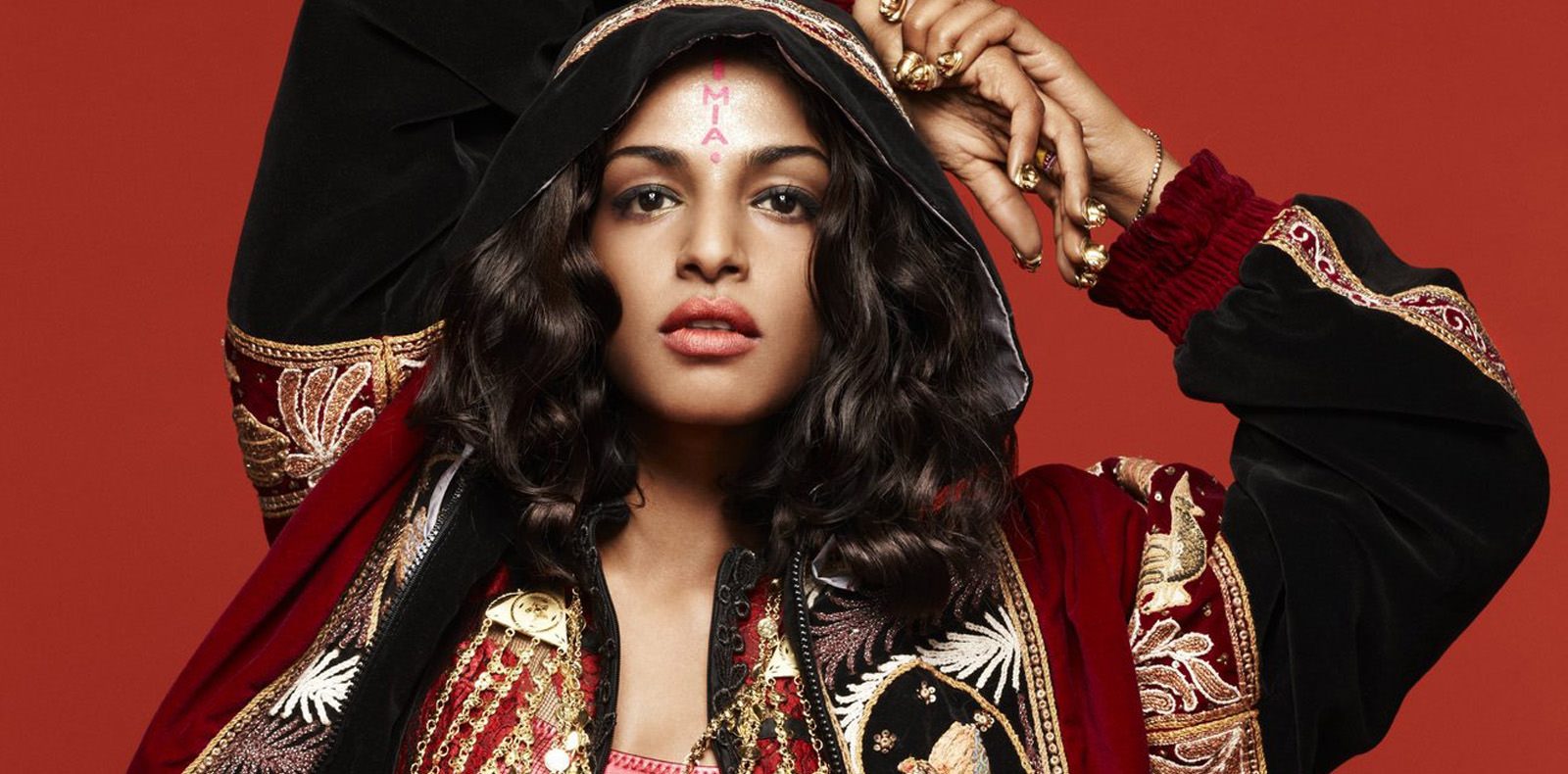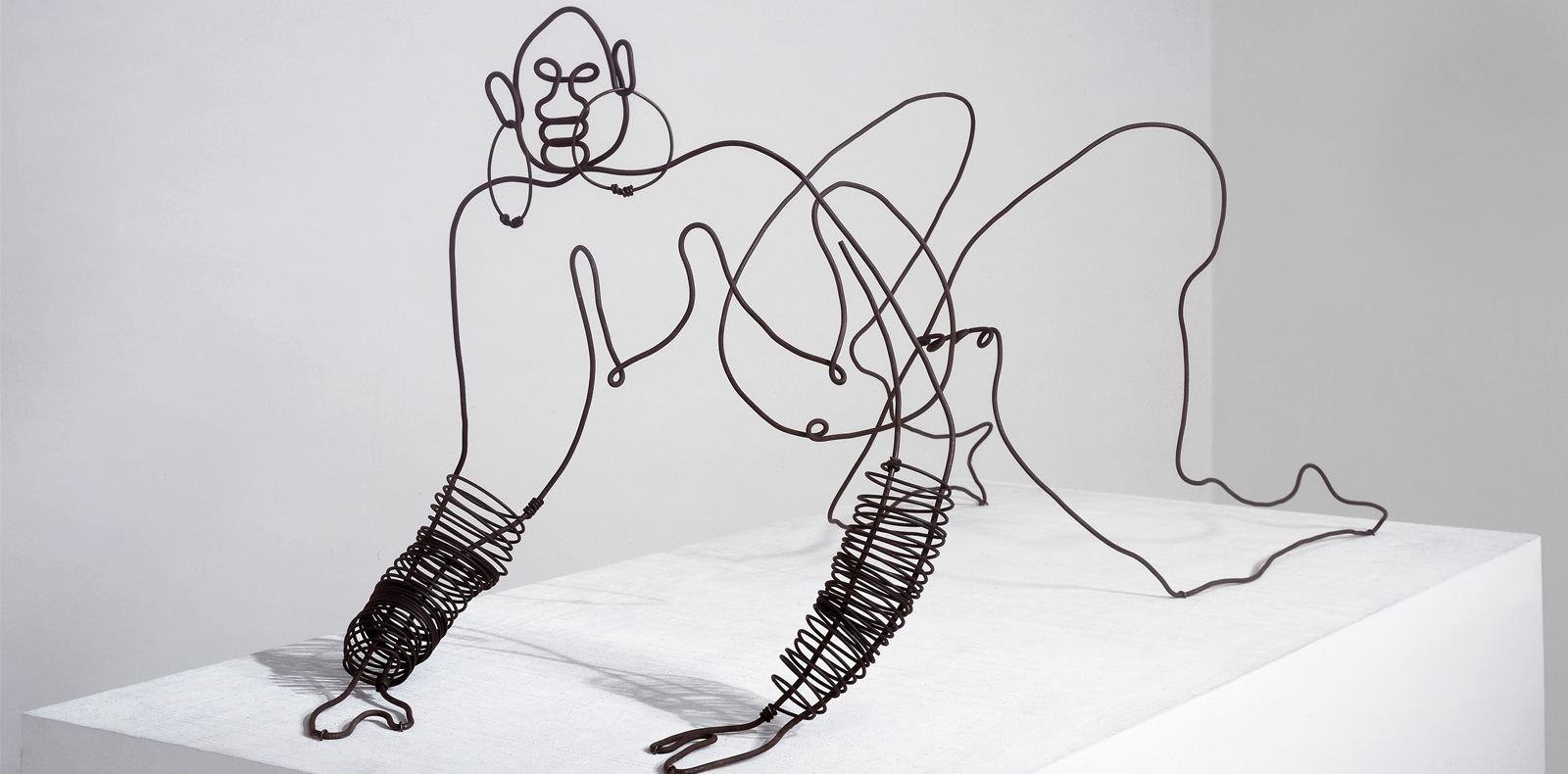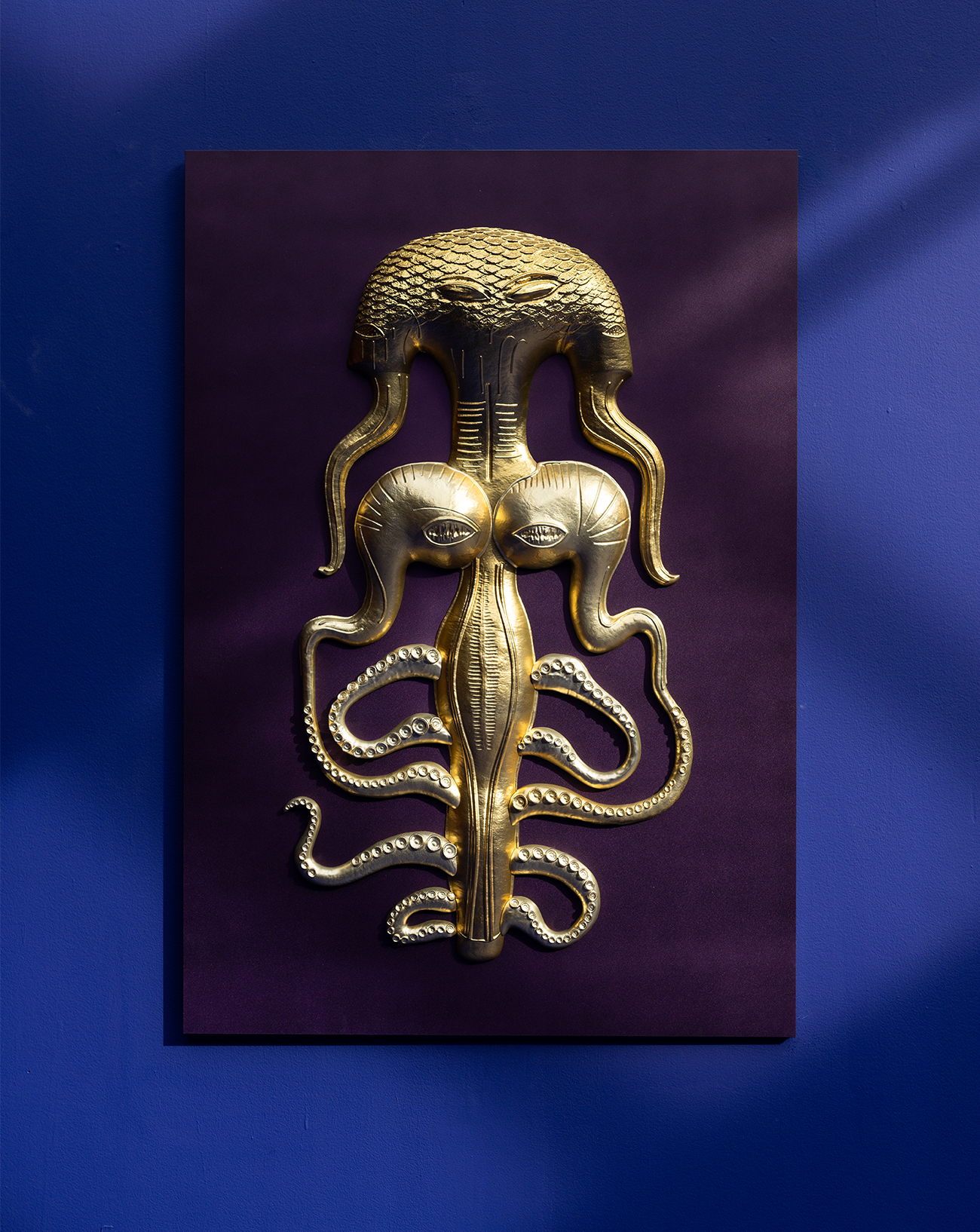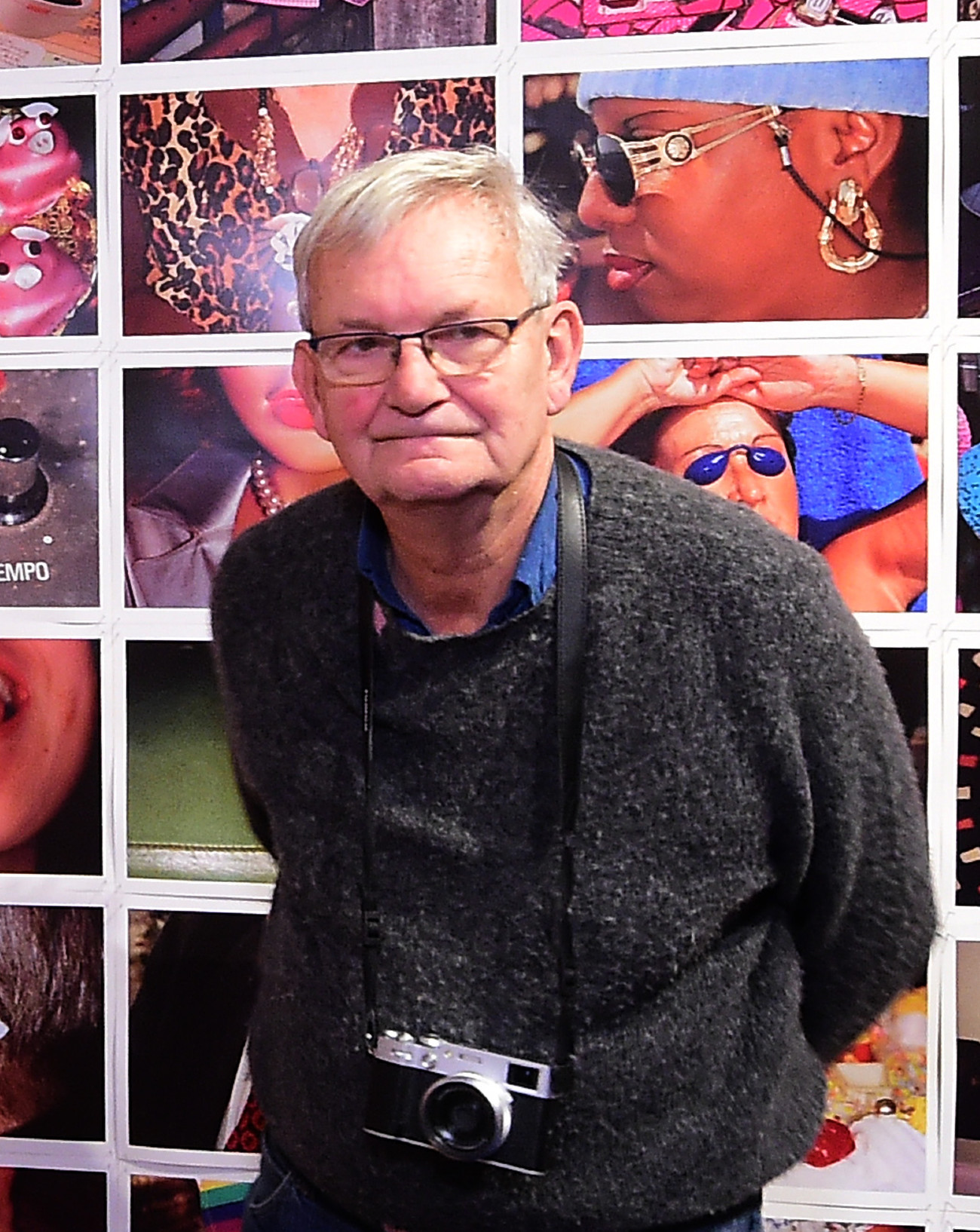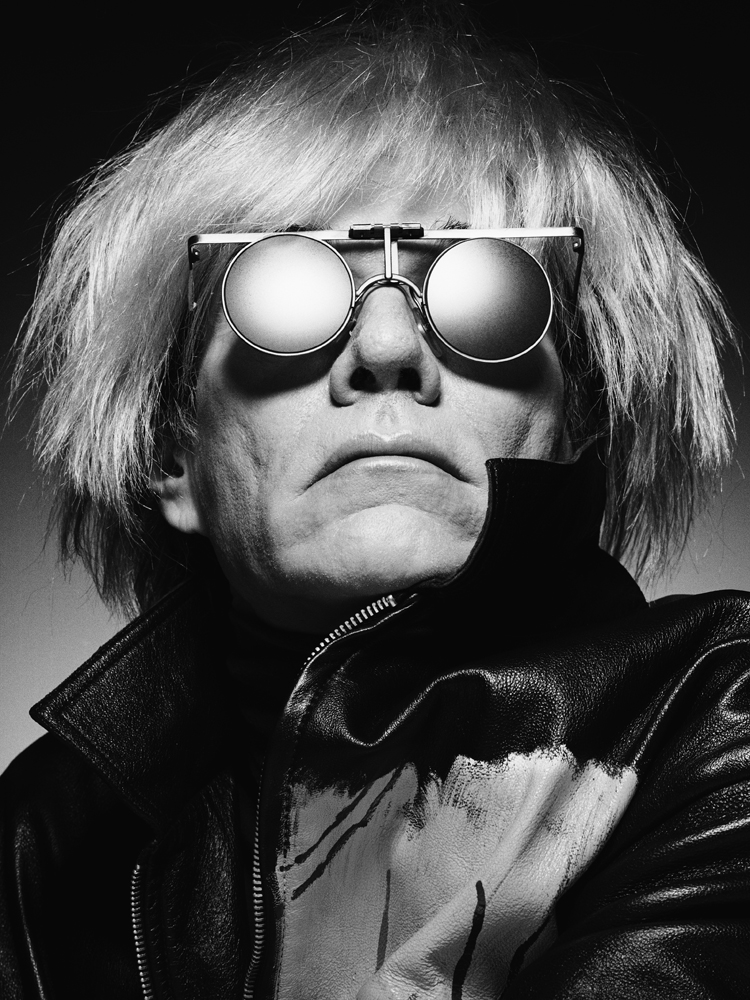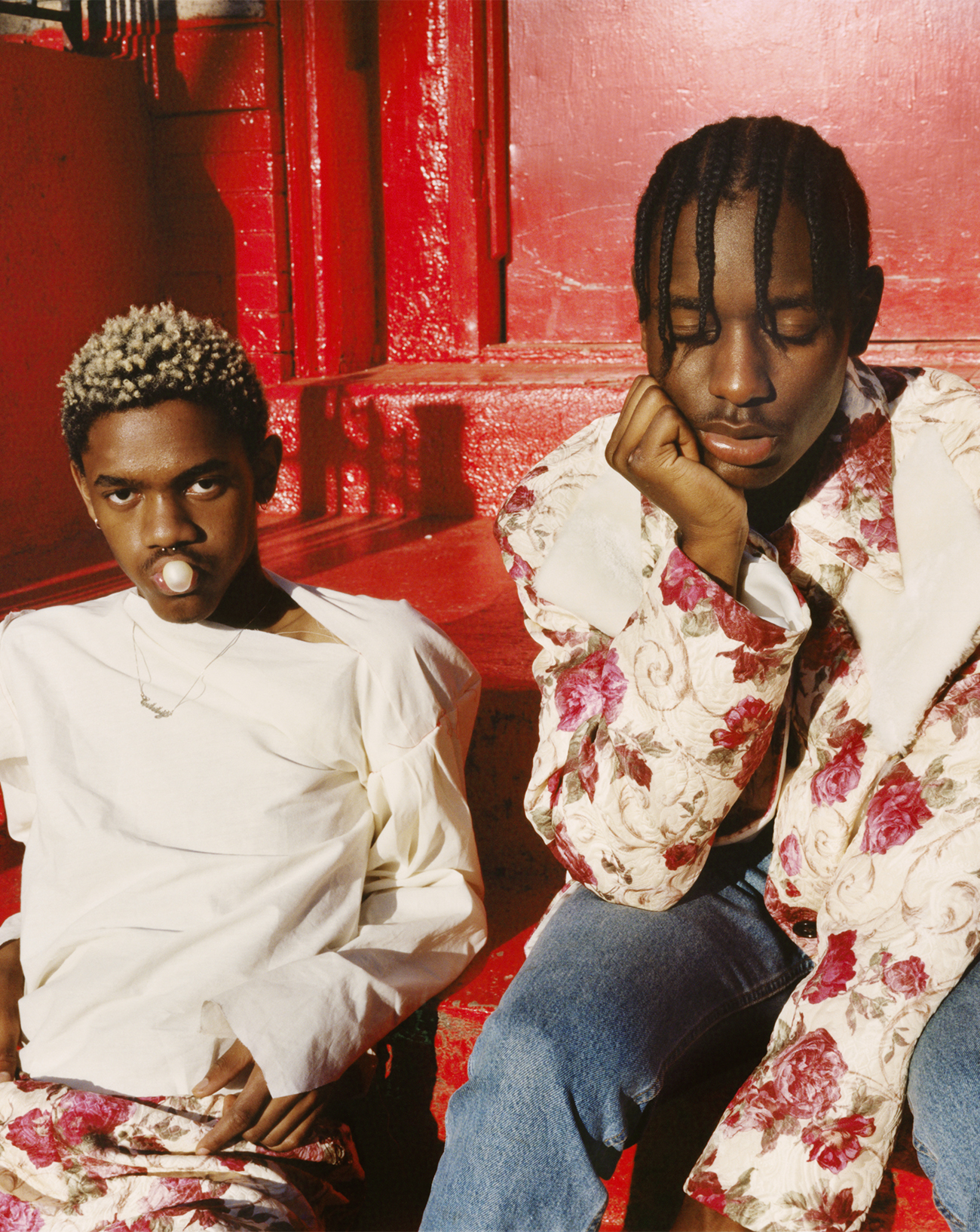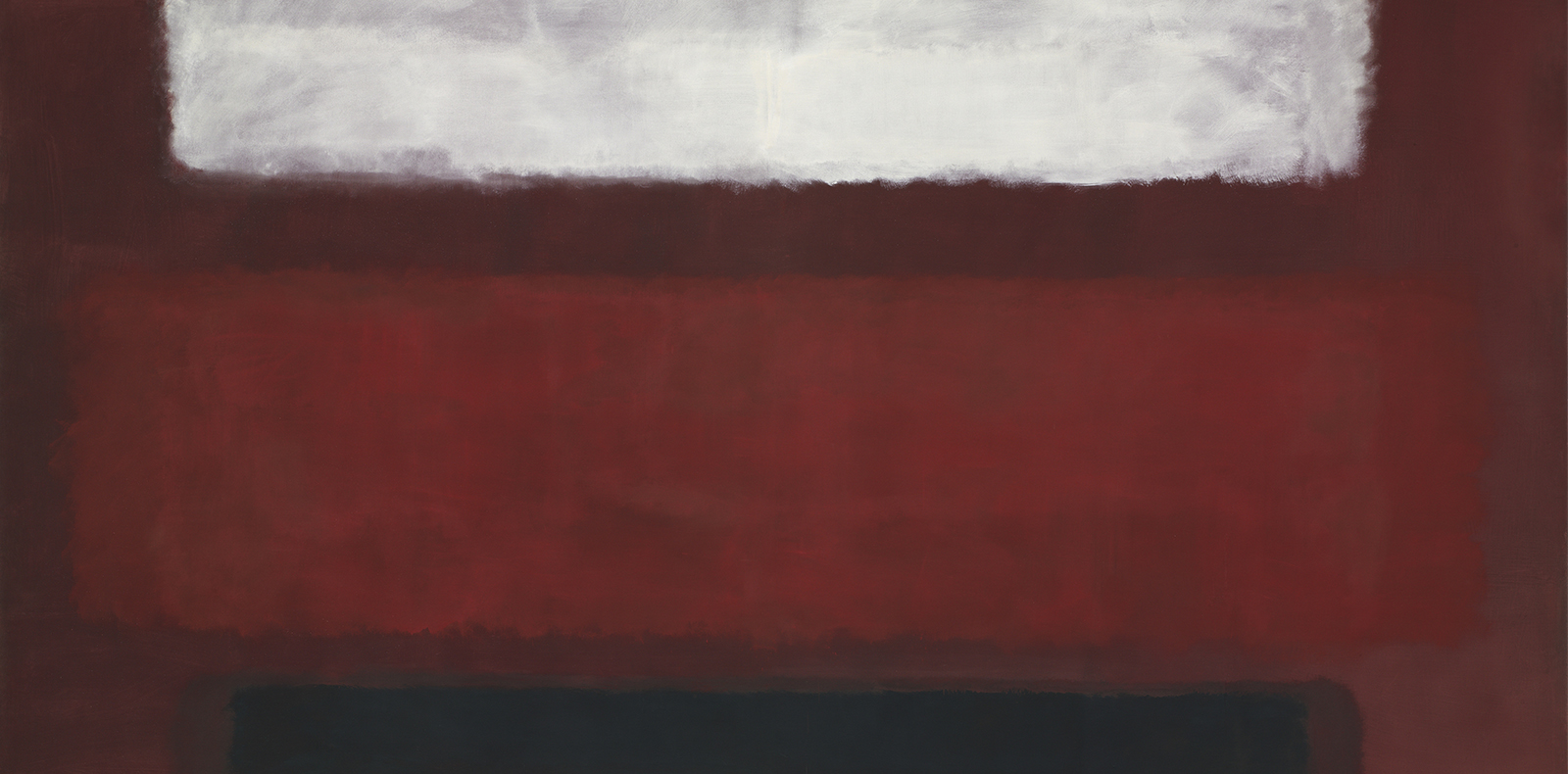
28
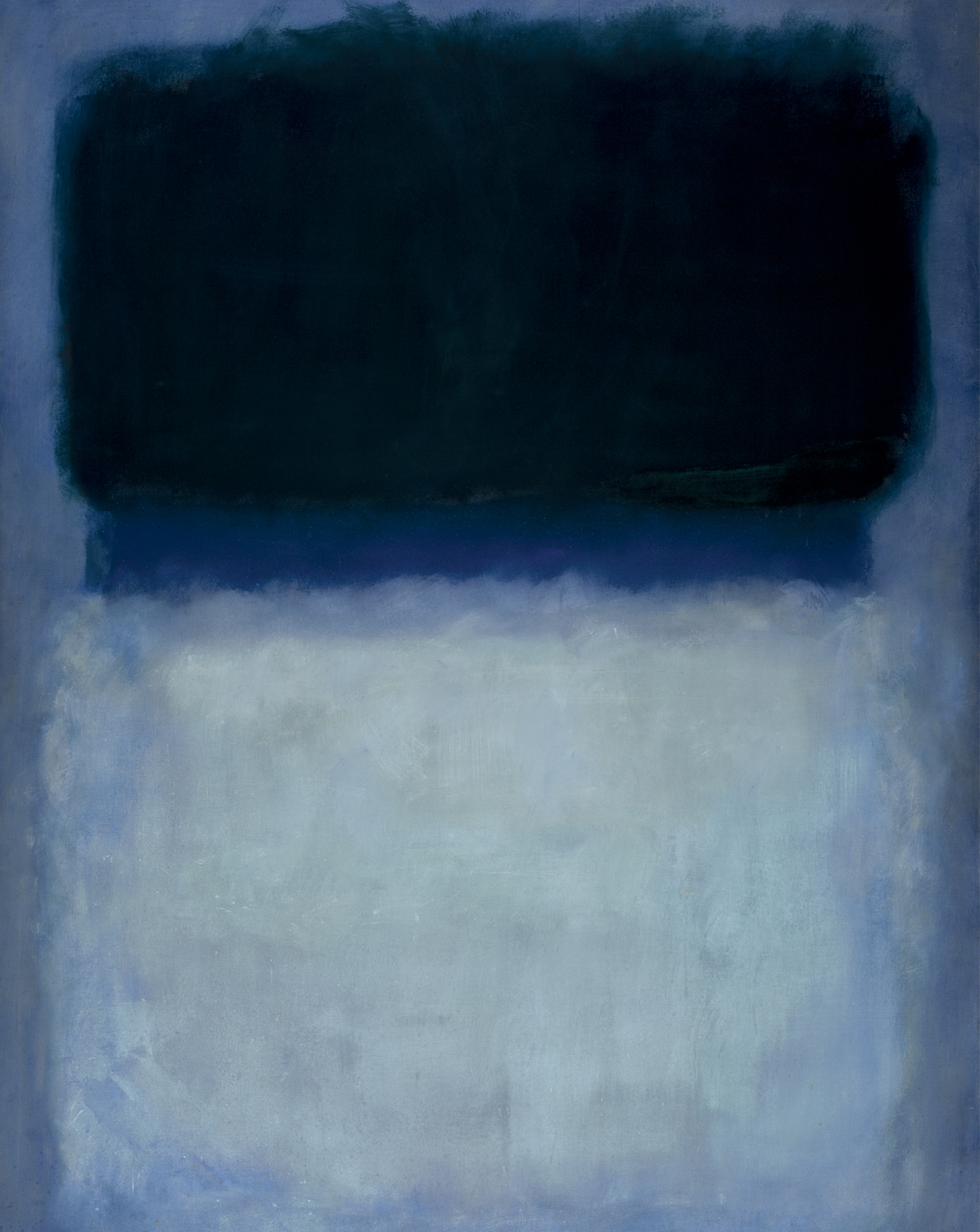
28
Mark Rothko’s many sides and secrets unveiled at Fondation Louis Vuitton
Paris’s Fondation Louis Vuitton has put on a magisterial retrospective of the American painter’s work, showcasing both his acknowledged masterpieces and less well-known facets of his oeuvre. A journey into the light, the show blazes a trail towards emotion.
Par Matthieu Jacquet.
Published on 28 October 2023. Updated on 20 June 2024.
Mark Rothko at Fondation Louis Vuitton : an in-depth dive into light and colour
This is not the kind of painting you can talk about – you have to experience it. As is abundantly demonstrated at the Fondation Louis Vuitton, Mark Rothko (1903–70) produced an oeuvre so rich and moving it leaves you without words. From one picture to the next, colour grabs you and loses you in its meanders. Piled up on the canvas with their undefined lines, the horizontal “bands” that made him famous from the 1940s onwards seize you with their vibration to the point where you think they’re going to spill out of the frame. You feel as though you’ve been captured by infinite horizons and absorbed into imaginary seas of hallucinatory hues. Only the essence of these mental landscapes remains, one of light and contrasting colour, an encounter that generates a continuous dialogue within each work. The discursive gives way to the sensorial; emotion triumphs.
On show until next spring, the Fondation Louis Vuitton’s retrospective is both impressive and thought-provoking. Why, you wonder, did an artist so successful and popular elsewhere in the world – one whose work can be found in every art-history book and who has entered the collective unconscious – have so little impact in France? The exhibition’s associate curator, Christopher Rothko – “guardian,” as he likes to put it, of his father’s collection – has a few ideas. Reluctant to travel, Rothko senior visited Paris very rarely, maintaining a much stronger relationship with the UK, while his principal European dealer, Ernst Beyeler, concentrated essentially on Germany and Switzerland. As a result, the Centre Pompidou’s enormous holdings include just two Rothkos.
Already, back in 1999, Paris’s Musée d’Art moderne sought to make up for this omission with a big exhibition of the painter’s work. A quarter century later, the curator of the 1999 show, Suzanne Pagé, has returned to Rothko to curate the Louis Vuitton retrospective. “This new exhibition is really what we all need right now,” she enthuses. “It brings us the possibility of transcendence.” That possibility is augmented by the colossal size of the show: 115 works, many of which have never been seen in France, 30 of them from the Rothko family collection. As a result, visitors can follow and appreciate, in more or less chronological order, the development of the painter’s oeuvre over the space of four decades.
“Mark Rothko”, a retrospective that confounds clichés and prejudice
The Fondation has brilliantly succeeded in the delicate exercise of a retrospective, not only getting across all the complexity of a lifetime’s body of work but also confounding clichés and prejudices. To all his contemporaries who called him a colourist, Rothko replied that he was looking for the light; for those today who think of him as an exclusively abstract artist, the exhibition showcases many of his figurative canvases of the 1930s and 40s (sometimes described as neo-Surrealist), which he painted before the period that saw him labelled an Abstract Expressionist, a term he himself considered too “alienating”; and if you imagined the artist as a serene, radiant figure, you’ll find the portrait of a solitary, sometimes prickly man whose paintings have “imprisoned the most utter violence in every square inch of their surface,” as he himself put it – the violence of the pogroms that saw his family flee his native Russia, of course, but first and foremost the violence of a tormented soul. “Rothko constantly sought to convey the human condition through the fundamental emotions: tragedy, death, ecstasy,” comments Pagé. “His art expresses an obsession with mortality.”
An impressive selection of works, from early masterpieces to the Tate Room
Indeed, as presented at the Fondation Vuitton, Rothko’s trajectory – from his early paintings of everyday scenes in the New York subway to his two-tone Black on Gray series (1969–70) – is that of a man on a constant quest for the absolute. Despite the fact that, as time went by, his canvases got bigger, his layers of paint thinner, and his colours darker, his son has made sure that the selection prevents his oeuvre from being read through the prism of his 1970 suicide. “I made a point of showing how much his final works are overflowing with light and colour,” explains Rothko junior, “even if his black and grey paintings are far more rich and alive than people think.” Achieving this intensity required great precision during the hang: in keeping with rules set down by the artist at the end of his life, the Fondation Louis Vuitton team painted the walls in discreet off-white and used soft, often individual lighting to ensure an intimate relationship with each work. “Rothko’s painting is one of great fragility that mustn’t be drowned in light,” explains Pagé. “The less his canvases are lit, the more their colours come out.”
The exhibition’s showstopper is the reproduction of Tate Britain’s Seagram Mural room, a hang that the London museum commissioned directly from the artist in order to display the nine canvases he had realized in 1956 – 58 for The Four Seasons in New York, before pulling out of the restaurant project. Shown in Paris exactly as Rothko specified, the large-scale works envelop the viewer in their purple hues, inviting us into a suspended time of contemplation and “immersion” – today a hackneyed term in the world of art that regains all of its original meaning here. To round off the unique experience of a melodious oeuvre, the German composer and Rothko admirer Max Richter has set three of the Vuitton galleries to music. “My art is not abstract: it lives and breathes,” Rothko once said, a statement that, as this show magisterially demonstrates, cannot be contradicted.
“Mark Rothko”, until 2 April 2024 at Fondation Louis Vuitton, Paris.






